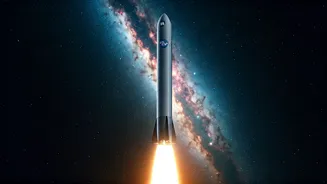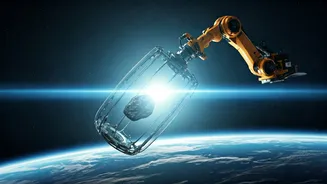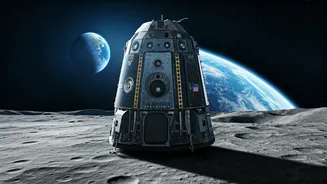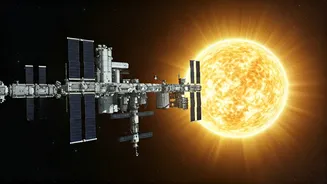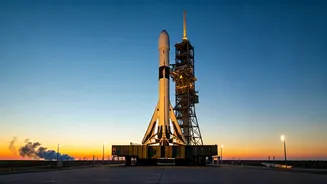Why Water Matters
Water ice on the moon is not just a scientific curiosity; it's a potential game-changer for space exploration. For future lunar missions and even expeditions
to Mars, water can be a critical resource. It can be broken down into hydrogen and oxygen, providing breathable air, rocket fuel, and drinking water. This concept is particularly relevant for long-duration missions. The existence of accessible water ice could significantly reduce the costs and complexities of these endeavors. Instead of carrying all supplies from Earth, astronauts could utilize in-situ resource utilization (ISRU) to create these resources on the moon. This is a crucial element for establishing a permanent presence in space.
Where to Search
Scientists have a good idea about where to start looking for this precious resource. Based on previous observations and analysis, the permanently shadowed craters at the lunar poles are prime locations. These craters, which never receive direct sunlight, are extremely cold and could trap water ice over billions of years. Other areas of interest are regions that experience very little sunlight. The locations are strategically studied to determine the best places for potential extraction. The search involves using data from various sources, including radar observations, temperature measurements, and data collected by lunar orbiters. The search teams are also refining their search models based on how the moon's surface interacts with the solar wind, which constantly bombards it with particles.
Challenges of Discovery
Finding water ice is a technically challenging endeavor. The lunar environment is harsh, with extreme temperatures and radiation exposure. Moreover, accurately identifying and quantifying the presence of water ice is difficult. This means that, even if water ice is present, extracting it is still a complex engineering problem. Researchers are developing innovative technologies to overcome these hurdles. The technologies include drilling systems, extraction methods, and robotic explorers designed to operate effectively in the challenging lunar environment. Also, they must deal with the high levels of dust and the lack of an atmosphere, making any extraction of water ice a highly specific process. They are also considering methods for minimizing contamination.
Future Implications
The discovery and utilization of lunar water ice would be a monumental achievement, opening new horizons for space exploration. The potential to support a sustained human presence on the moon is enormous. Water could facilitate in-space manufacturing, allowing for the construction of habitats, and the production of rocket propellant. The prospect of having resources readily available on the moon could also drive down the cost of future space missions, making them more accessible. This could foster further development of lunar scientific research, and pave the way for a new era of space exploration, including more complex missions to other destinations, such as Mars. Thus, the search for water ice on the moon is not merely a scientific quest; it's a strategic investment in the future of space exploration.






